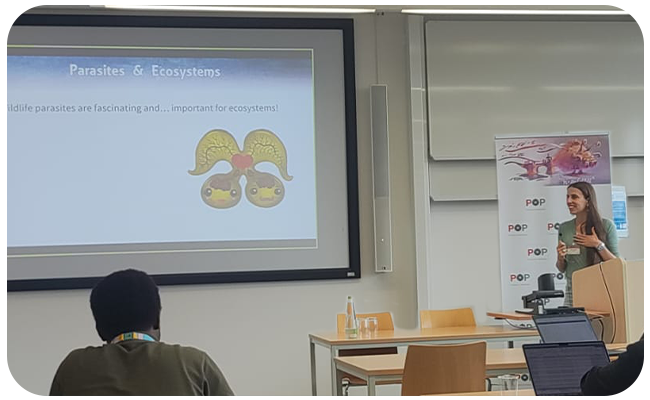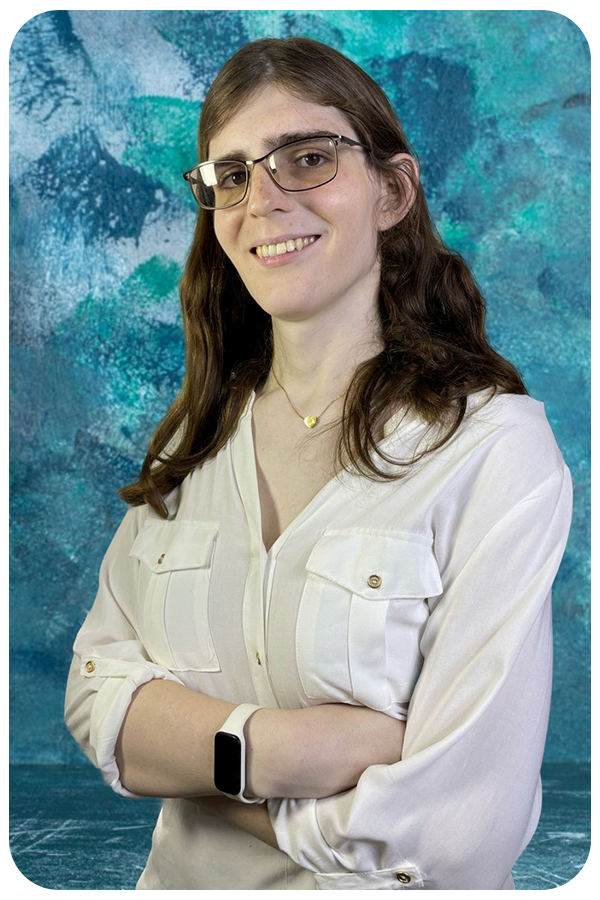Springboarding off the 2020 paper by Carlson et al. laying out a global plan to promote and develop parasite conservation, the IUCN SSC Parasite Specialist Group was established in 2023 to facilitate the innovative and disruptive leadership needed to raise interest and inspire action on parasite conservation. Since its establishment, the Parasite Specialist Group has sought to lead the way in this new field of conservation by establishing the world’s first parasite conservation programmes, aligning with the IUCN World Conservation Congress 2025 goal of promoting science-based solutions in conservation.
Captive Breeding of the Ryukyu rabbit tick



Left: Ryukyu rabbit tick (Haemaphysalis pentalagi); Right: Amami rabbit (Pentalagus furnessi); Middle: a rabbit burrow shared by both species on Amami Island
Endemic to the forests of a single island in Japan is a unique species of rabbit, the Amami rabbit (Pentalagus furnessi). Living alongside it is an equally unique parasite, the Ryukyu rabbit tick (Haemaphysalis pentalagi). Although they currently coexist on Amami Island in the Ryukyu Islands of southern Japan, habitat destruction and invasive predators threaten the survival of both the endemic rabbit and the tick that relies on it for survival. It was clear to biologists at the University of Hokkaido that to keep the ecosystem resilient against these dangers, they must find a solution that would preserve both species.
In order to prevent the tick from being neglected in the conservation of its host, a team that included the Specialist Group’s own Mackenzie L. Kwak devised and implemented a plan to establish a captive breeding population for the Ryukyu rabbit tick. This programme - the first of its kind- has been a remarkable success: as of January 2025, three generations of ticks have been born and raised in captivity. The success of this programme has made the Ryukyu rabbit tick into a flagship species for the group and for the field of parasite conservation.
Preservation plan for the Manx shearwater flea


Left: the Manx shearwater flea (Ceratophyllus fionnus); Right: a Manx shearwater (Puffinus puffinus)
Within the commotion of thousands of nesting seabirds, a silent insect can be found leaping among the nests: the Manx shearwater flea (Ceratophyllus fionnus). Found exclusively on the miniscule isle of Rùm off the coast of Scotland, this flea is named after the Manx shearwater (Puffinus puffinus), as it is wholly reliant on the island’s immense shearwater breeding colony. This extremely limited range means that the flea could easily be wiped out by any event that impacts the breeding colony or Rùm as a whole.
In order to avoid the extinction of this rare flea, a small team of parasitologists outlined a conservation plan that includes protecting its host and introducing it to five other Manx shearwater populations. This would be the first ever attempt at a conservation introduction for an endangered parasite, showcasing the group’s commitment to the World Conservation Congress goal of providing bold and creative leadership in conservation.
Building cooperation

A presentation on parasite conservation at the Joint Parasitology Spring Meeting in Würzburg, Germany
Historically, parasites have been viewed merely as an obstacle and a threat to the protection of their hosts. The Parasite Specialist Group aims to shift this attitude by promoting conservation among parasitologists and raising awareness of their ecological importance among conservation biologists. This shift in how we consider conservation - bridging disciplines to preserve the full complexity of life - is a strong example of the transformative change the IUCN Congress seeks to inspire.
By recognising parasites as integral to biodiversity and ecosystem health, we align with global efforts to halt biodiversity loss through a more inclusive approach to conservation. At the IUCN Congress, discussions on transforming humanity’s relationship with nature will highlight the need for innovative conservation strategies that embrace all forms of life, including those often overlooked and maligned. As we work toward a future where people and wildlife both thrive, reimagining our approach to parasites is one more step toward protecting all species - big, small, or microscopic.
The Specialist Group has already made inroads among parasitologists, as illustrated by the success of the Joint Parasitology Spring Meeting in Germany. Chelsea Wood and Tiziana Gobbin’s presentation on the conservation of potentially endangered gill parasites drew heavy interest among attendees, a promising early sign. With future outreach already planned among larger wildlife conservation groups, the future appears bright for the Parasite Specialist Group and for parasite conservation generally.

Author biography
Olga St-Onge (she/her) is a parasitology enthusiast and volunteer with the IUCN SSC Parasite Specialist Group. She graduated from Florida Atlantic University in 2023 with a BSc in physics and a minor in mathematics before joining the Parasite Specialist Group in February 2025. Her current work is in writing the Specialist Group’s first IUCN Red List assessments and developing the group’s internal communications and public outreach. She is based in Peru, where she lives with her partner.
Learn more and get involved:
Official Website: https://www.iucnparasites.com/
Instagram: @iucn_parasites
More coming soon!
Acknowledgements
Ryukyu rabbit tick photo by Takamasa Nemoto
Amami rabbit photo by Wich’yanan (Jay) Limparungpatthanaki under Creative Commons
Rabbit hole photo by Mackenzie Kwak
Manx shearwater flea photo by Olha Schedrina / The Natural History Museum
Manx shearwater photo by Martin Reith
Joint Parasitology Spring Meeting photo by Tiziana Gobbins & Chelsea Wood
Bibliography
Kwak, M. L. (2025) Saving the Ryukyu Rabbit Tick: The Posterchild of Parasite Conservation. The Revelator. https://therevelator.org/ryukyu-rabbit-tick/
Kwak, M. L., Heath, A. C., & Palma, R. L. (2019). Saving the Manx shearwater flea Ceratophyllus (Emmareus) fionnus (Insecta: Siphonaptera): The road to developing a recovery plan for a threatened ectoparasite. Acta Parasitologica, 64, 1–8. https://doi.org/10.2478/s11686-019-00119-8
Macadam, C. 2022. Ceratophyllus fionnus. The IUCN Red List of Threatened Species 2022: e.T123672975A123674364. https://dx.doi.org/10.2305/IUCN.UK.2022-2.RLTS.T123672975A123674364.en
Windsor, D.A. (1995), Equal Rights for Parasites. Conservation Biology, 9: 1-2. https://doi.org/10.1046/j.1523-1739.1995.09010001.x